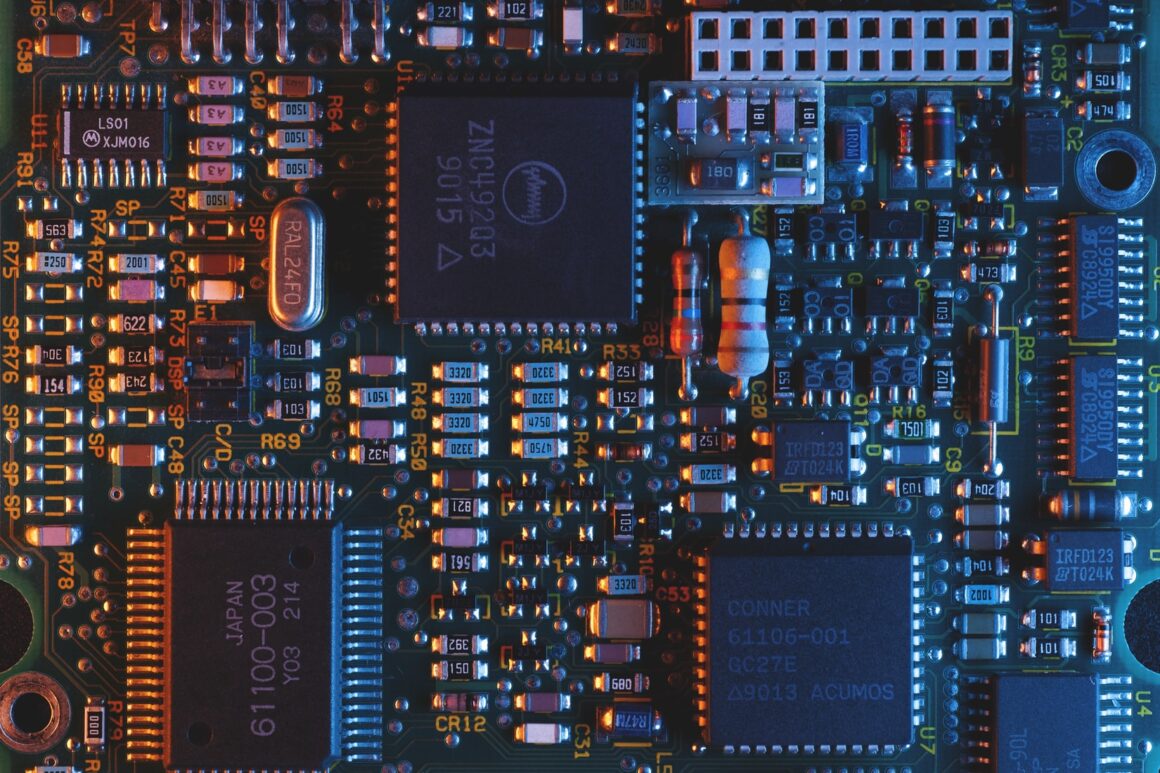Desirable Revamp In The Punitive Mechanism Of India’s Competition Law
[By Vijpreet Pal] The author is a student at National Law Institute University, Bhopal. Introducing The Subsisting Punitive Framework The primary goals of Competition Law are to abolish anticompetitive practices, encourage competition and to protect consumer interests. For the effective fulfillment of these goals, there are three broad frameworks adopted by various nations throughout the world i.e. (a) Civil Sanctions, (b) Criminal Sanctions, and (c) Mixed. India has adopted the enforcement based on fines and other similar civil remedies. It is always contended that the enforcement regime based on fines has less deterrent effect as compared to Criminal sanctions. Even the historical background of various nations shows the usage of Criminal sanctions to detect, prevent and punish the prevailing malpractices in the market. The author in the article will examine whether the Criminal sanctions are desirable in the Indian Competition Law regime by drawing comparative analysis of the nations that shifted from Civil sanctions to Criminal sanctions and even vice-versa. The author will further delineate the challenges on the path of implementing the Criminal sanctions and then put forth viable solutions to tackle those concerns. Insights From The Punitive Framework Of Other Jurisdictions Similar to India there are various other nations like China, Hungary, Ethiopia, Peru, etc. who have retained Civil punishments. There are other nations that initially adopted the Criminal framework but later switched to Civil enforcements mechanism like the Netherlands where the concerned authority can now only impose an administration fine or an order subject to penalty for non-compliance, in proportion to the infringement committed. Similarly, in Luxembourg, the original Criminal sanctions were replaced by Civil sanctions. Now, its Competition Act does not per se provide for Criminal penalties under Article 101/102 of the Treaty on the Functioning of European Union(‘TFEU’) however, some infringements could subsequently lead to violation of Article 311 of the Luxembourg Penal Code. On the other hand, some nations have criminalized anti-competitive practices and imposed Criminal sanctions like the Antitrust Laws of USA: there are three antitrust laws in USA i.e. Clayton Act of 1914, Sherman Act of 1890 and Federal Trade Commission Act, 1914 amongst which Sherman Act involves Criminal penalties against anti-competitive agreements. There can be imprisonment for the period of 3 to 10 years along with a fine of amount US$ 350,000 to US$ 1 million. The enforcement mechanism of New Zealand and Canada also developed imposing Criminal liability with imprisonment up to 7 years and 14 years respectively for serious anticompetitive practices like price-fixing, bid-rigging, market sharing, etc. Belgium’s Competition Act enforces Criminal sanctions for Cartel infringes whereas, in Germany, Criminal punishment is confined to Bid-rigging only. In several other nations like Armenia, Japan, Mexico, Republic of Korea, South Africa, Thailand, Brazil, Australia, etc. criminal liability is imposed in cases of severely anti-competitive behavior. Exigency Of Criminal Punishment In India’s Competition Law Regime The deficiency of the Civil punishments in curbing the malpractices could easily be seen in the Indian Competition Law. There are instances that manifestly demonstrate that even if fines in the millions of rupees are levied still the offender would be unaffected because they are making significant profits out of their malpractices and often have large assets. Resultantly, in most situations, the offender is willing to pay this insignificant sum and continue with their anti-competitive practices. They make a prior estimation of the benefit which they will reap and also the penalty which could possibly be imposed if they are caught violating the Competition Laws. There are other more contentions and justifications in favour of the imposition of Criminal sanctions like the notion that Criminal sanctions have a greater deterrent effect because it incapacitates the violator from committing future crimes and also, as stated earlier, fines imposed on the violator are lesser in comparison to the profit they gained. Jerome Bentham and Stuart Mill propounded a political philosophy called ‘Utilitarianism’ i.e. ‘greatest number of goods for the greatest number of people in the 19th CE. It supports the Criminal sanctions by postulating that if imposing Criminal punishment does more good and less pain, then it is justified. Furthermore, the Retributive theory of punishment entails that the criminals should be met with an equal amount of pain. German Philosopher Immanuel Kant argues that “retribution is not just a necessary condition for punishment but also a sufficient one. Punishment is an end in itself. Retribution could also be said to be the ‘natural’ justification”, in a way that it is quite natural and just that a bad person ought to be punished and a good person rewarded. Consequences of the Criminal sanctions like the resultant impact on the family and hostile reaction of the society also stigmatizes the act which has a deterrent impact. Apart from the philosophical reasons, there are pragmatic reasons as well which legitimizes the Criminal punishments for example, liability in most of the cases are imposed only on the company and not on the directing minds, thereby fines levied from the company does not give assurance of the accountability of the Directors of the company and they are left scout free. Further, in the age of developments, there is no territorial limit of malpractices and thence, the competition law must accommodate the extra-territorial application of its provisions. However, Civil Competition Law cannot be applied in other nations as every nation is sovereign under International Law but there are multiple principles like active nationality, passive nationality, etc which legitimizes the extra-territorial application of the Criminal Competition Law. For instance, Section 3 and 4 of the Indian Penal Code,1860 provide for extra-territorial jurisdiction. Challenges To Enforce Criminal Sanctions The biggest challenge is the component of Mens-Rea along with Actus-Reus, which is required to be established beyond reasonable doubt in Criminal matters however, in Civil matters, there is a preponderance of probability. The second main challenge is accountability i.e. who should be made accountable for the act because the malpractices are carried out in the name of the corporation but the mind behind is of the
Desirable Revamp In The Punitive Mechanism Of India’s Competition Law Read More »








